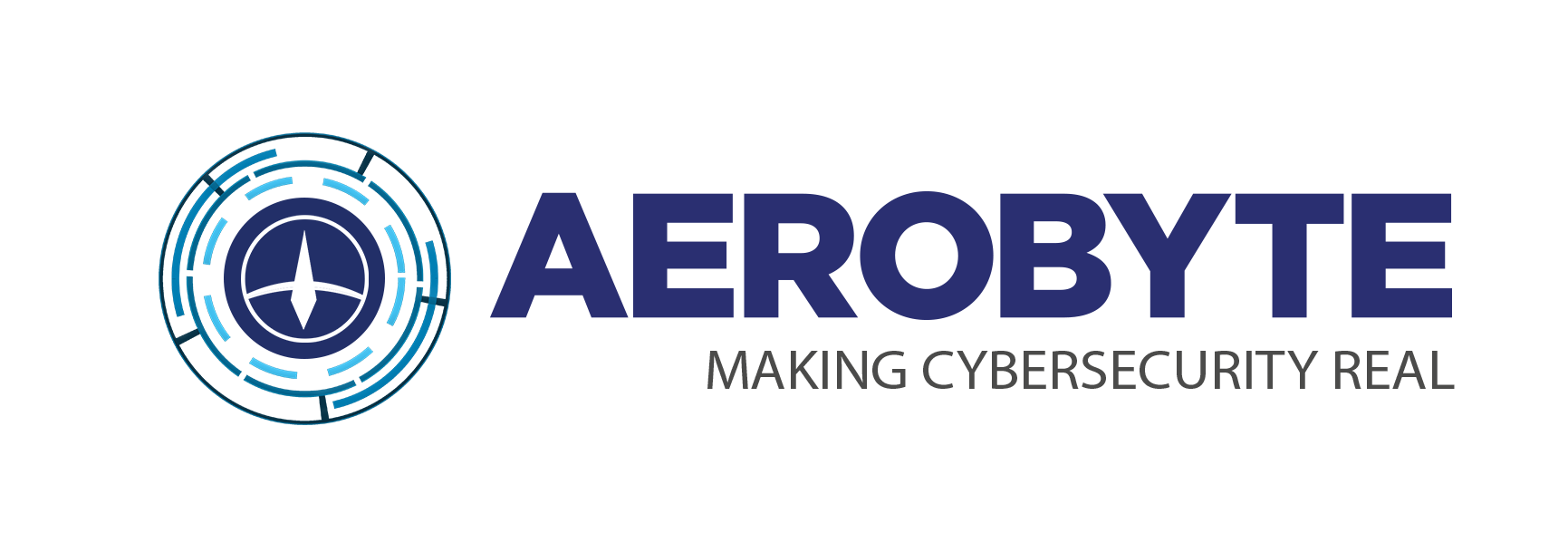It’s always interesting how the industry tends to create new buzzwords for familiar technology, and ZTNA is definitely one
Since Covid has rampaged through the American workplace, organizations are exploring new security architectures to adapt to stay competitive in a time where those that can need to be operating at their best. If one thing COVID has done, is it fast-forwarded that organizations must come to realize that the old ways of protecting their infrastructure do not apply? Let’s face it when the internet was introduced to the world. Security was not an issue for one utilizing it as a resource for communication. Organizations have made dynamic shifts to a hybrid cloud environment. Zero Trust Network Access is not a new solution, but CSO realizes it’s the best option to secure the remote workforce. They realize VPN technology and Perimeter Defense systems didn’t really secure or scale. It’s nice to see that IT executives are finally coming to terms that the traditional castle-based perimeter security; it does not work in today’s computing environment. If they have not already, IT, executives should start looking at solutions that move away from traditional security methods and protect information where it counts.
Looking into New Security Architecture is a must to compete in today’s digital world.
Some technologies are Zero Trust Architecture, Software Defined Perimeter, Certificate-Based Authentication, and (ZTNA). Some benefits are invisible attack surface, and you can’t attack what you can’t see. The Edge becomes a good use case to start testing these leading technologies as they will forever change the way organizations protect themselves from a cyber attack.





